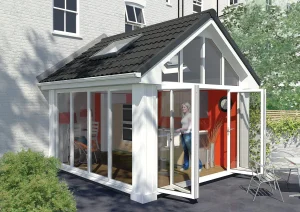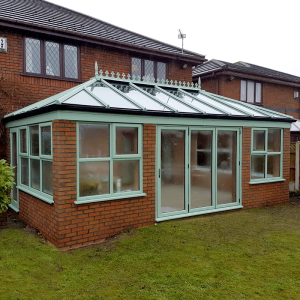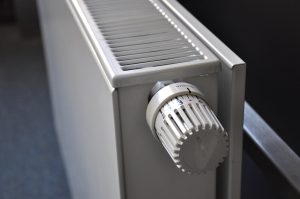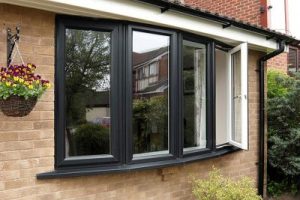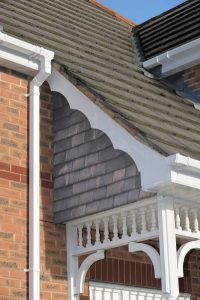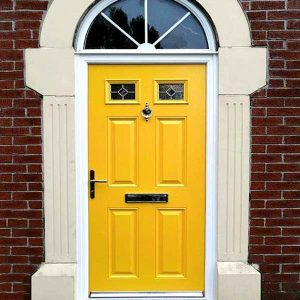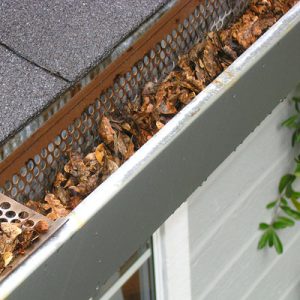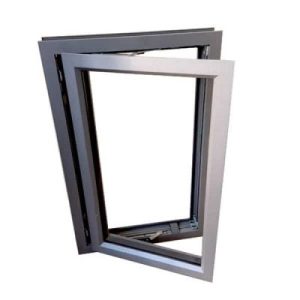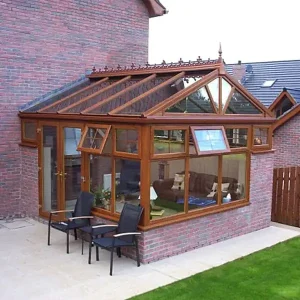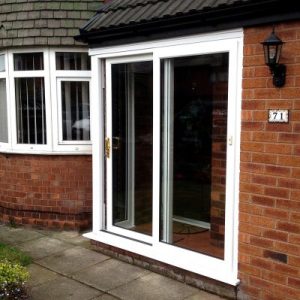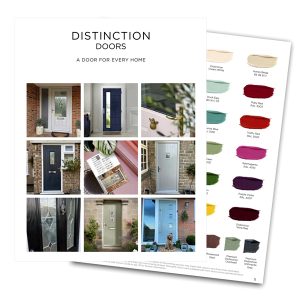What Is The Best Way To Draught Proof My Door?
To stop heat escaping your home try draught-proofing your front door or any internal doors. Stop any cold air coming in from the outside. But to be sure, you will want to consider draught-proofing other internal doors, separating cold rooms from warm rooms. Ideally, this will help to prevent cold air circulating between rooms. Draught-proofing is particularly useful for rooms that you don’t heat during the winter months, it could help to reduce energy bills. Furthermore, there are many areas you should consider draught-proofing on your door, including the keyhole, the letterbox and around the door frame.
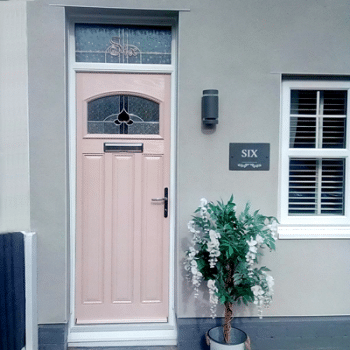
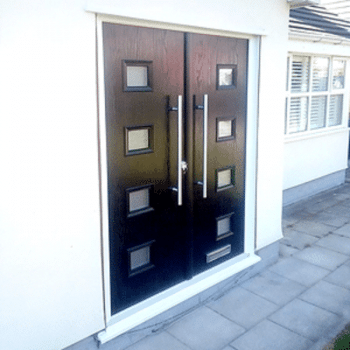
Best Way To Draught-Proof The Bottom Of My Door?
Start by draught-proofing the frames of your doors. Dependant on the type of door you have, you can use a brush strip, this is usually applied to the bottom of the door to help with draught-proofing. The bottom of the doors can create a more significant gap, dependant on the actual door. Some draught excluders can help with this. You can choose from both adhesive and fixed draught excluders.
Furthermore, you can also use another type of draught excluder known as a hinged flap. Instead of brushes, this uses a rubber flexible strip to help prevent draughts. These too can be fitted on the bottom of your chosen door.
Will Applying Brush Strips To My Door Frame Help?
Another option is to apply brush door strips, fitted around the sides and top of the door, these can help to prevent draughts. Composite doors do come complete with a brush system. Furthermore, the brushes can help to minimise draughts on other door styles. Before applying, it is recommended that your door frame is clean before attaching as it may not stick correctly.
The brush strip extruders provide an adequate seal when the door is shut and helping to prevent draughts.
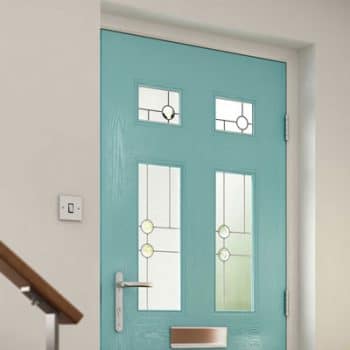
Draught-Proofing A Keyhole
Draughts can come into your home from many places, one being the door keyhole on your front door. To prevent this particular draught, you can try installing an escutcheon plate, depending on the type of door you have. An escutcheon plate is a metal shaped disc that placed over the top of the keyhole. The escutcheon plate swings left to right, allowing you to insert your key. Once done, the escutcheon plate will swing shut to help prevent draughts.
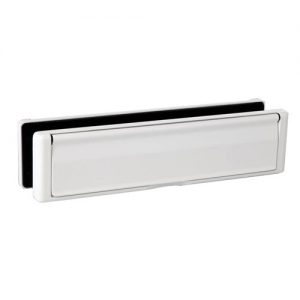
Draught Proofing My Letterbox
Even a letterbox can produce a large amount of draughts. Something simple like installing a flap on the inside of your letterbox can help with draught-proofing your letterbox. Furthermore, letterbox brushes can also help reduce heat loss from your letterbox, installed on the inside of the letterbox. Finally, there are now specialist letterboxes that are designed especially for draught-proofing purposes.
If your door is still having an issue with draughts. Perhaps its time to consider upgrading your door to a more energy-efficient one. Call 01744 611203 for a free no-obligation door quotation today.



